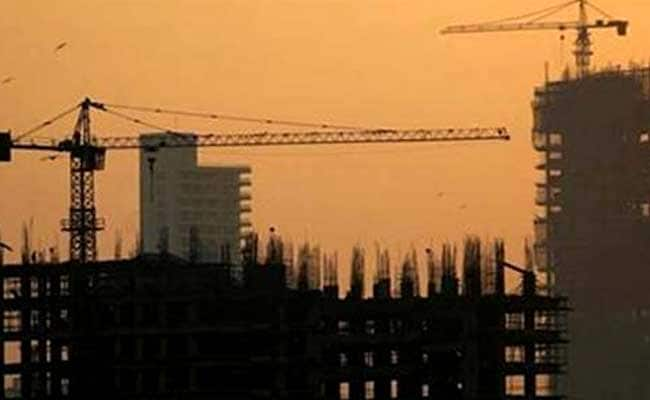
For those who lost out in the first phase, there is still a chance to upgrade their proposals and make it to the next list of 23 cities.
New Delhi:
Bhubaneshwar, Pune and Jaipur, in that order, lead the list of the first 20 cities that will benefit from the Prime Minister's ambitious election promise of smart cities.
Under the programme they will see integrated urbanisation of a kind not seen before in the country. (Full list of winners)
"The city challenge competition was as tough as the UPSC civil services exam. States did a preliminary exercise and then sent proposals and these competed," said urban development minister M Venkaiah Naidu, announcing the top 20 from the 97 that entered the fray in December last.
Madhya Pradesh has the most, three cities. Five states have two each, five have one each.
Warangal in Telangana missed the top 20 by just one qualifying point. Madhya Pradesh's Bhopal squeezed in at number 20.
For those who lost out in the first phase, there is still a chance to upgrade their proposals and make it to the next list of 23 cities - a fast-track screening opportunity will end for them on April 15.
The contest for the remaining 54 cities will begin in September this year.
Of the 20 announced today nine are cities in BJP-ruled states. There is no city in today's list from Uttar Pradesh and none from West Bengal, where elections will be held in a few months from now.
Mr Naidu was emphatic that "Delhi had no role to play" in the selection process.
To qualify, states and local body administrations had to give smart answers on a templated questionnaire with 43 questions.
The key to success, ministry sources said was the funding models that the cities attached to their proposals. While most have opted for a convergence of town funds and local revenue generation tools, the other big favourite was the public-private partnership or PPP route.
The minister said people's participation had 16 per cent weightage - 16 million people participated in the proposal building and 25 lakh shared comments online and provided suggestions, he said, in what is being called a "bottom up" selection process.
Under the programme they will see integrated urbanisation of a kind not seen before in the country. (Full list of winners)
"The city challenge competition was as tough as the UPSC civil services exam. States did a preliminary exercise and then sent proposals and these competed," said urban development minister M Venkaiah Naidu, announcing the top 20 from the 97 that entered the fray in December last.
Madhya Pradesh has the most, three cities. Five states have two each, five have one each.
Warangal in Telangana missed the top 20 by just one qualifying point. Madhya Pradesh's Bhopal squeezed in at number 20.
For those who lost out in the first phase, there is still a chance to upgrade their proposals and make it to the next list of 23 cities - a fast-track screening opportunity will end for them on April 15.
The contest for the remaining 54 cities will begin in September this year.
Of the 20 announced today nine are cities in BJP-ruled states. There is no city in today's list from Uttar Pradesh and none from West Bengal, where elections will be held in a few months from now.
Mr Naidu was emphatic that "Delhi had no role to play" in the selection process.
To qualify, states and local body administrations had to give smart answers on a templated questionnaire with 43 questions.
The key to success, ministry sources said was the funding models that the cities attached to their proposals. While most have opted for a convergence of town funds and local revenue generation tools, the other big favourite was the public-private partnership or PPP route.
The minister said people's participation had 16 per cent weightage - 16 million people participated in the proposal building and 25 lakh shared comments online and provided suggestions, he said, in what is being called a "bottom up" selection process.
Track Latest News Live on NDTV.com and get news updates from India and around the world

